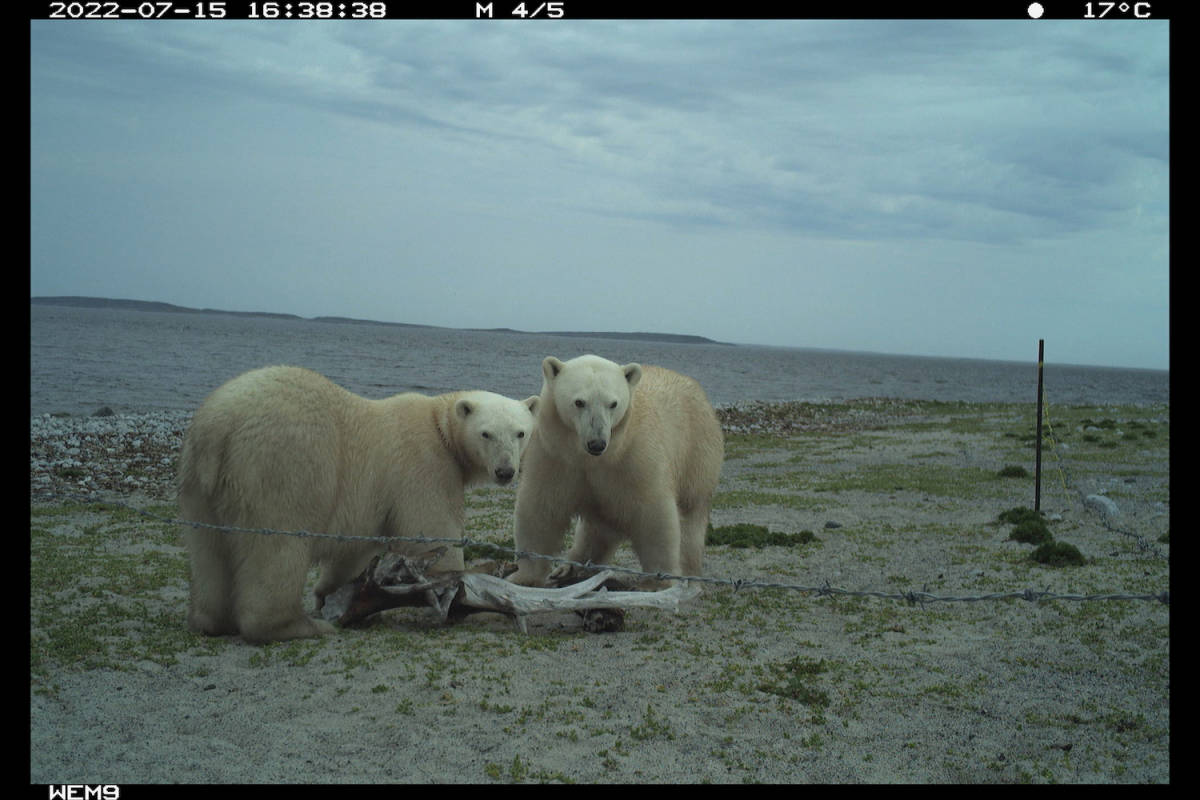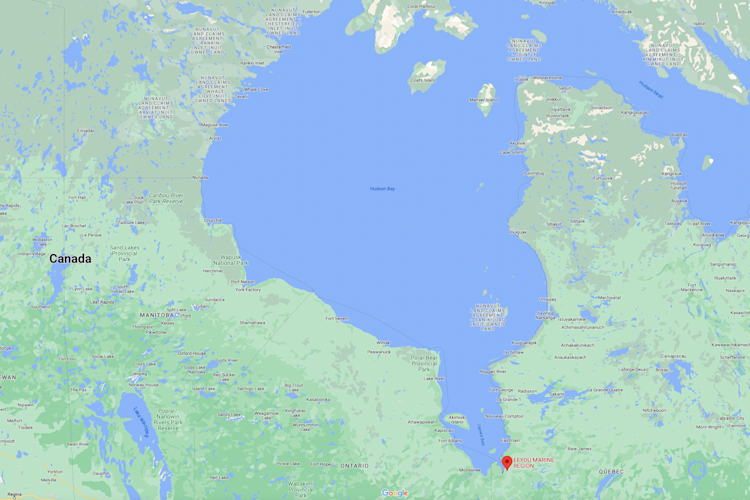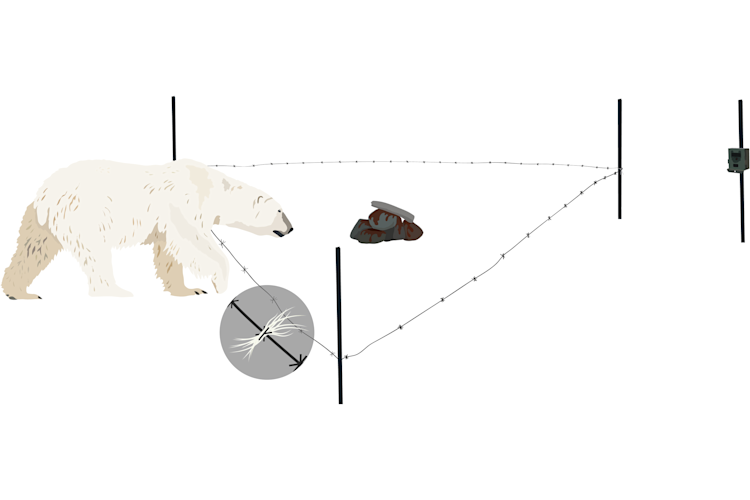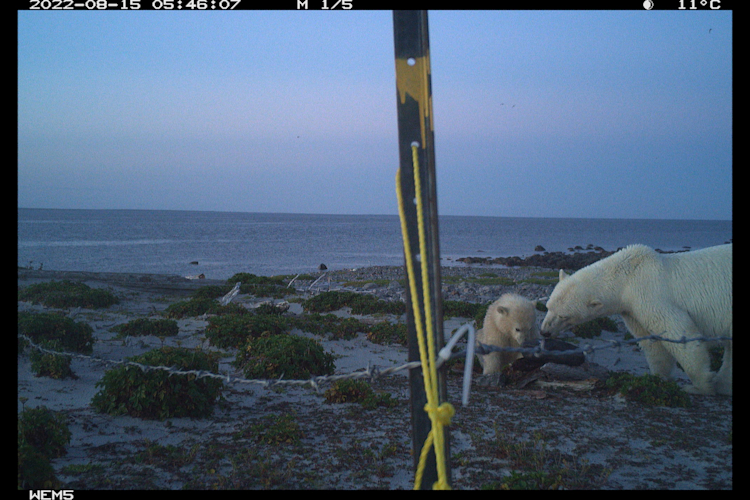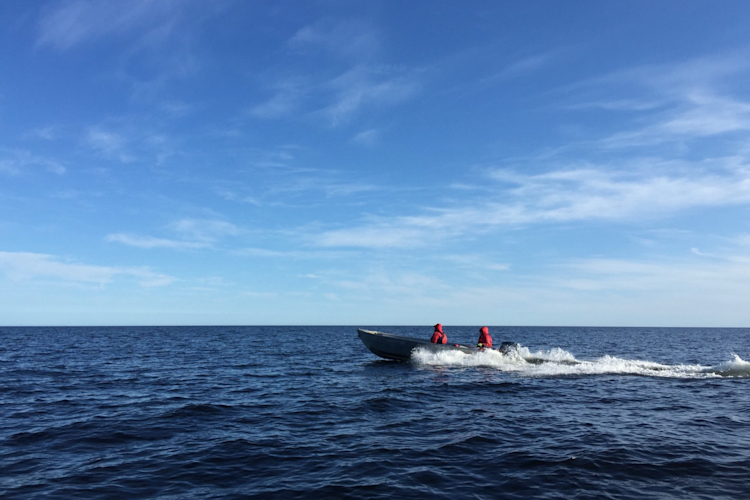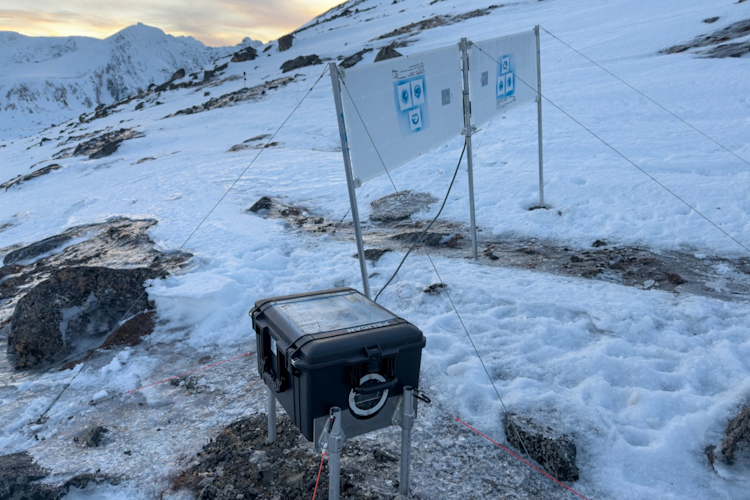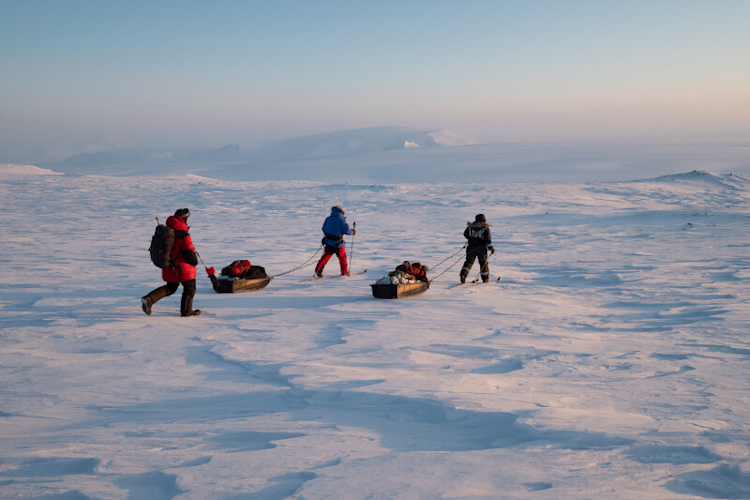Extending from the southern edge of Canada’s Hudson Bay, James Bay is a shallow inland sea bounded by Ontario, Quebec, and Nunavut. Located at 51-55 degrees north, James Bay lies at the southernmost edge of the polar bears’ range. Here, polar bears exist alongside boreal species like moose, black bear, and beaver, and experience one of the longest ice-free seasons across their range. From south to north, the region’s vegetation shifts from boreal forest to Arctic tundra, and the tree line disappears.
The eastern coast of James Bay, the Eeyou Marine Region, is the traditional territory of the Cree communities of Waskaganish, Eastmain, Wemindji and Chisasibi who have cared for the land for millennia. In recent decades, community members have noticed changing polar bear abundance and distribution along the coast, with more polar bears being sighted while families are carrying out their traditional activities. These observations have prompted questions and concerns from residents regarding the region’s polar bear populations.
